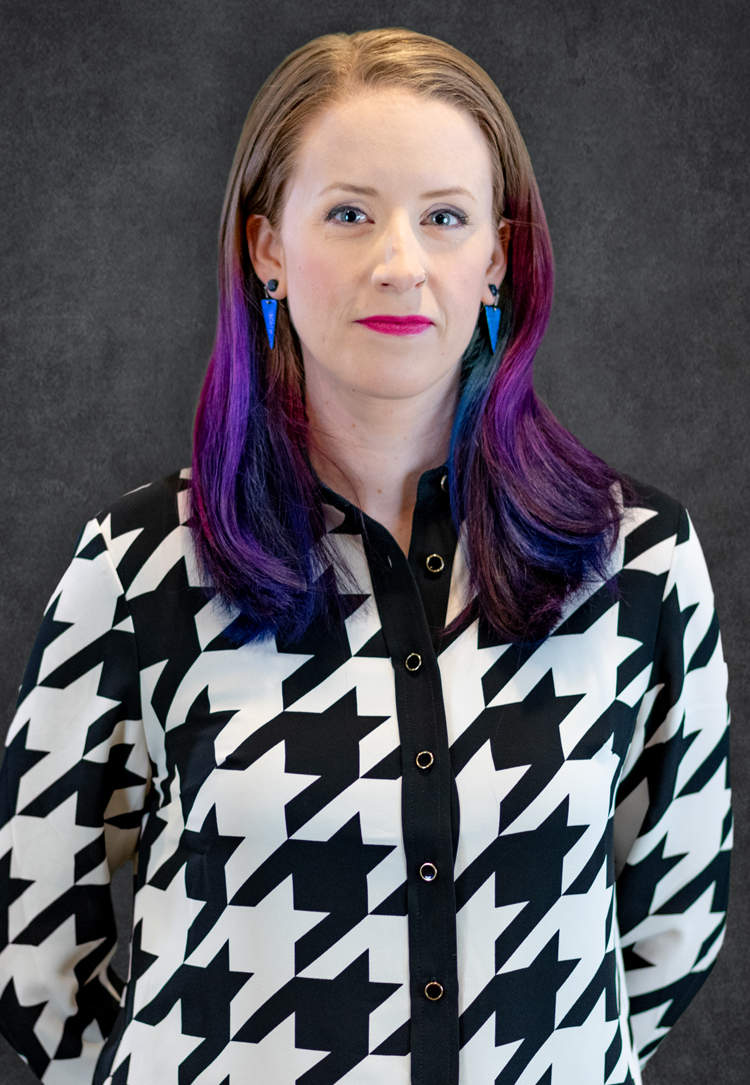AaBb
Effective Editing: How to Take Your Writing to the Next Level
Molly McCowan, Editor and Writing Coach
Offered by The Great Courses
“Effective editing will take your stories from good to unforgettable.”

Editing Is A Crucial Skill

This Course Uses A Step-By-Step Method

Learn Line Editing

Grasp Developmental Editing

Acquire Copy Editing Skill

Become Competent at Proofreading
Who are You?
An author or someone who is an aspiring author and needs a boost!
A professional editor or freelance editor who wants to be the best they can be?
A blogger or contract blogger who knows that content is king and wants to delight clients!
The Four Editing Levels
Developmental Editing
This level looks at your work as a whole piece, to ensure the largest elements—including characters, plot, structure, and pacing—fit and function together.
Line Editing
The next level focuses on the work at the sentence and paragraph levels. This is where you’ll address things like transitions, run-on sentences, wordiness, redundancy, syntax, rhythm, tense, and clichés, as well as continuity.
Copy Editing
Copy editing is more technical and granular than developmental and line editing, focusing on the mechanics of grammar and usage. One of the primary goals of copyediting is ensuring consistency throughout the work, so a style guide like the Chicago Manual of Style is a must.
Proofreading
Now, you tidy everything up. This level of editing is to find the last tiny remaining errors that need correcting. Both proofreading and copy editing are best done by trained professionals, as these little slip-ups are the easiest to miss in your work.


Hello!
Molly McCowan, Editor and Writing Coach
Molly McCowan is an accomplished developmental editor, copyeditor, and writing coach. As the founder and lead word nerd of the editorial agency Inkbot Editing, she helps authors make their work the best it can be and navigate the often-complicated waters of traditional publishing and self-publishing. She earned her BA in English from Colorado State University.
Thirteen Lectures
Lectures Average 25 Minutes
1) Understanding the Four Levels of Editing
In this introductory lesson, Molly McCowan breaks down the four levels of editing.
2) Planning Your Editing
Editing can be a daunting process, especially when you may be basing your decisions on common myths about revising your own work.
3) Editing for Plot and Structure
As you begin your big-picture revisions, it’s critical to first focus on how your story comes together and how it reflects what the protagonist wants.
4) Editing for Dynamic Characters
Everything about narrative writing is centered on characters; so, it’s crucial to assess the strengths and weaknesses of the individuals who drive your story.
5) Tackling Point of View
Who tells your story? Point of view (POV) is the lens through which your readers experience your narrative—you need to know who guides your readers and why.
6) Page-Turner Pacing: Scene versus Narration
In the middle of big-picture and little-picture editing lies the issue of pacing. When is a good time to include a descriptive passage?
7) Building Stronger Scenes
The ability to write great scenes can be one of your greatest strengths as a writer. Learn how to delineate your scenes and adjust the narrative bridges that connect them.
8) Showing versus Telling
“Show, don’t tell” is popular writing advice doled out by professionals and amateurs alike. But what does it really mean to show rather than tell?
9) Dialogue That Sparkles
Why does dialogue lifted directly from life sound so unrealistic and flat on the page? The truth is that dialogue is an extension of narrative action: It’s far more than simple conversation.
10) Sentences That Sizzle
Get into the nitty-gritty details of line editing as you look at your work at the paragraph and sentence levels.
11) Pruning Your Prose
The number one rule of pruning your writing in the line editing process is to simplify it as much as possible. Discover how to whittle down your writing to its essential elements and remove extraneous words.
12) When to Ignore Grammar Rules
What most people refer to as grammar rules are usage guidelines, which include everything from word choice to punctuation. Here, learn the difference between the two.
13) Beyond the Red Pen: What Comes Next?
How do you know when it’s time to stop revising? Once you’ve finished editing your work, what then? In this closing lesson, Molly discusses the possible next steps.
A Highly Rated Course at The Great Courses
Of people who took this course 98% would recommend this course to others.

A Direct, Pragmatic Approach
Editing is the crucial step between a rough draft and a polished piece of writing. Learn how to evaluate and edit your work for better structure, clarity, and quality, with a professional book coach and editor as your guide.



Disclaimer: In the name of full transparency, please be aware that blog posts and pages on this website contain affiliate links, and any purchases made through such links will result in a small commission for me (at no extra cost to you).
